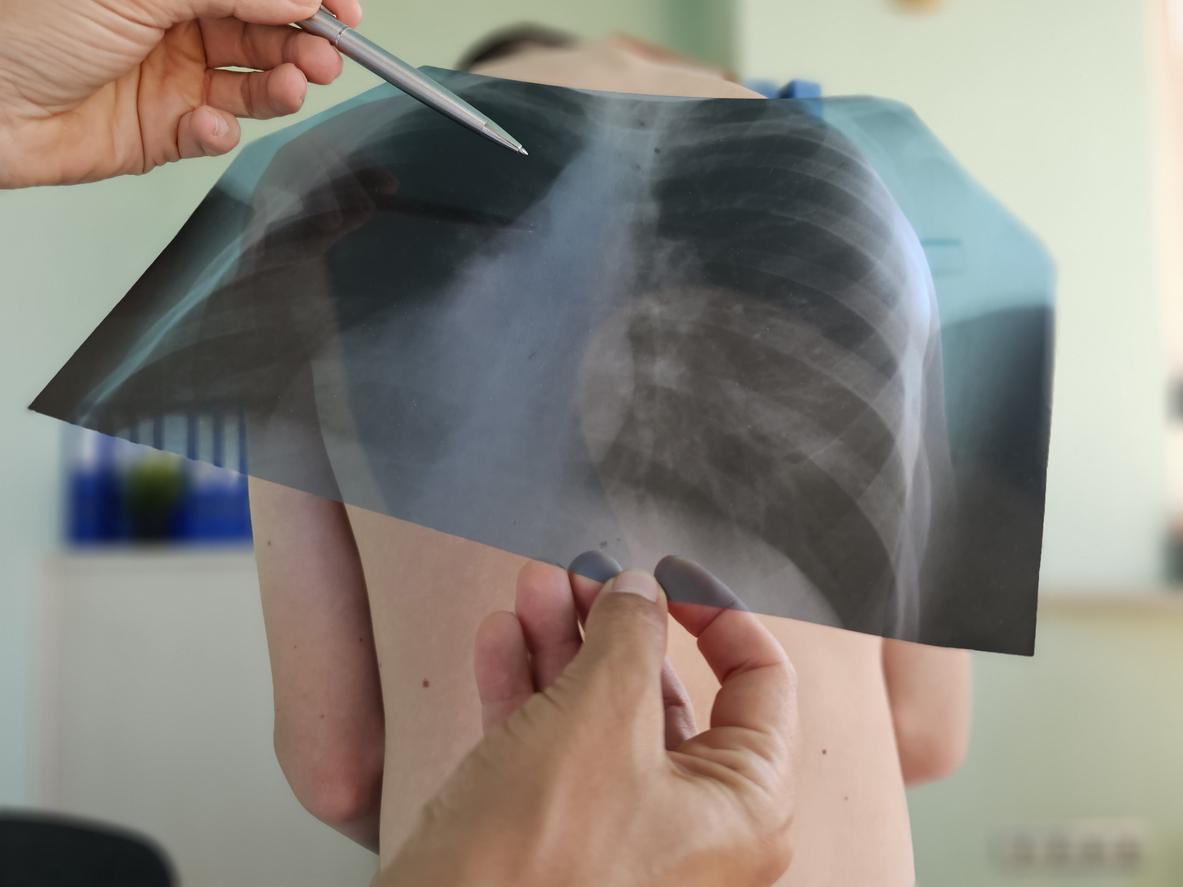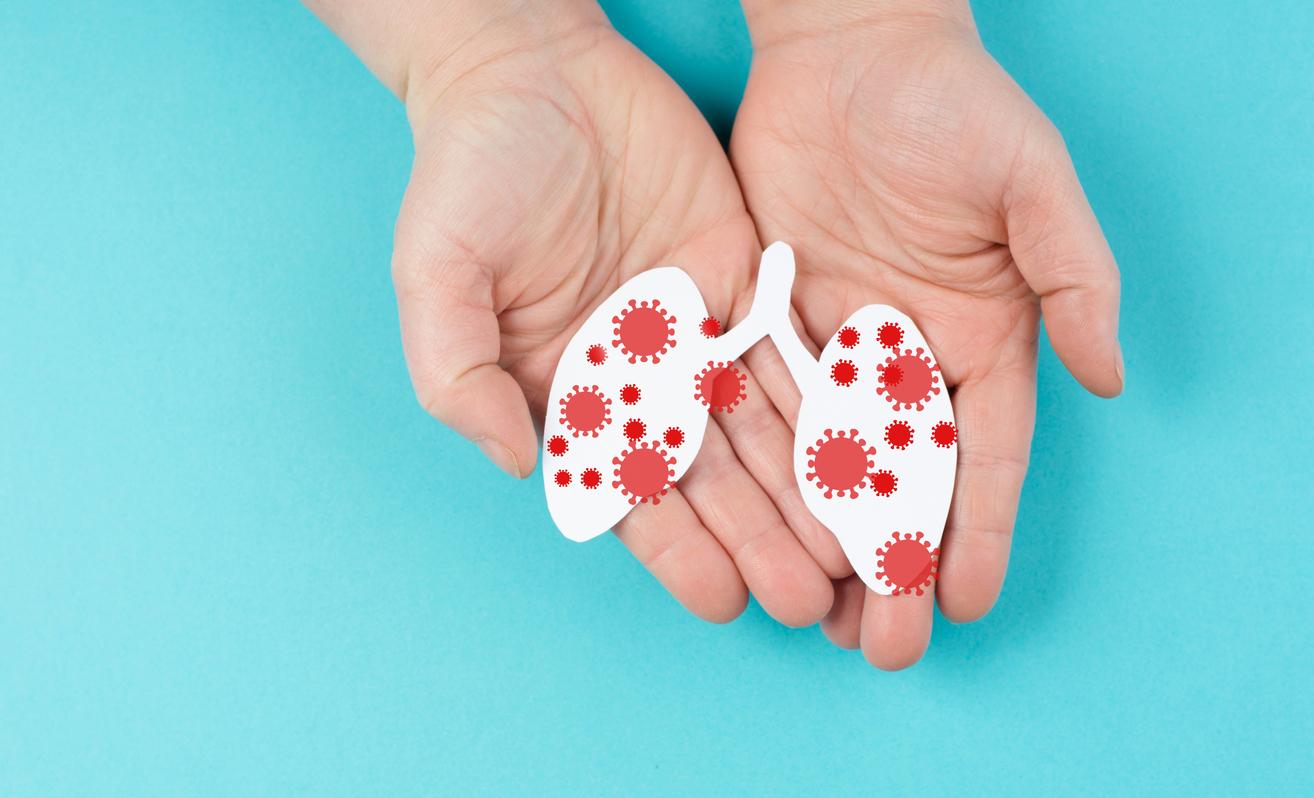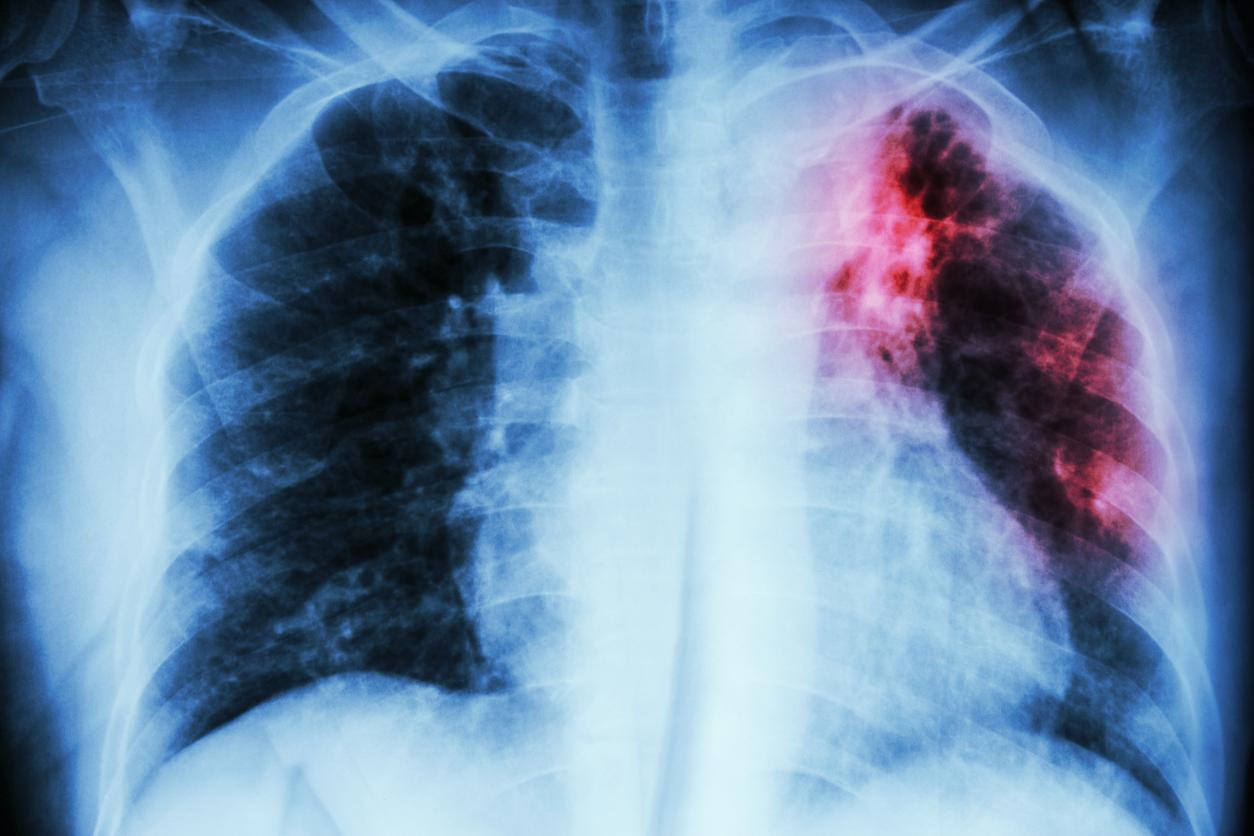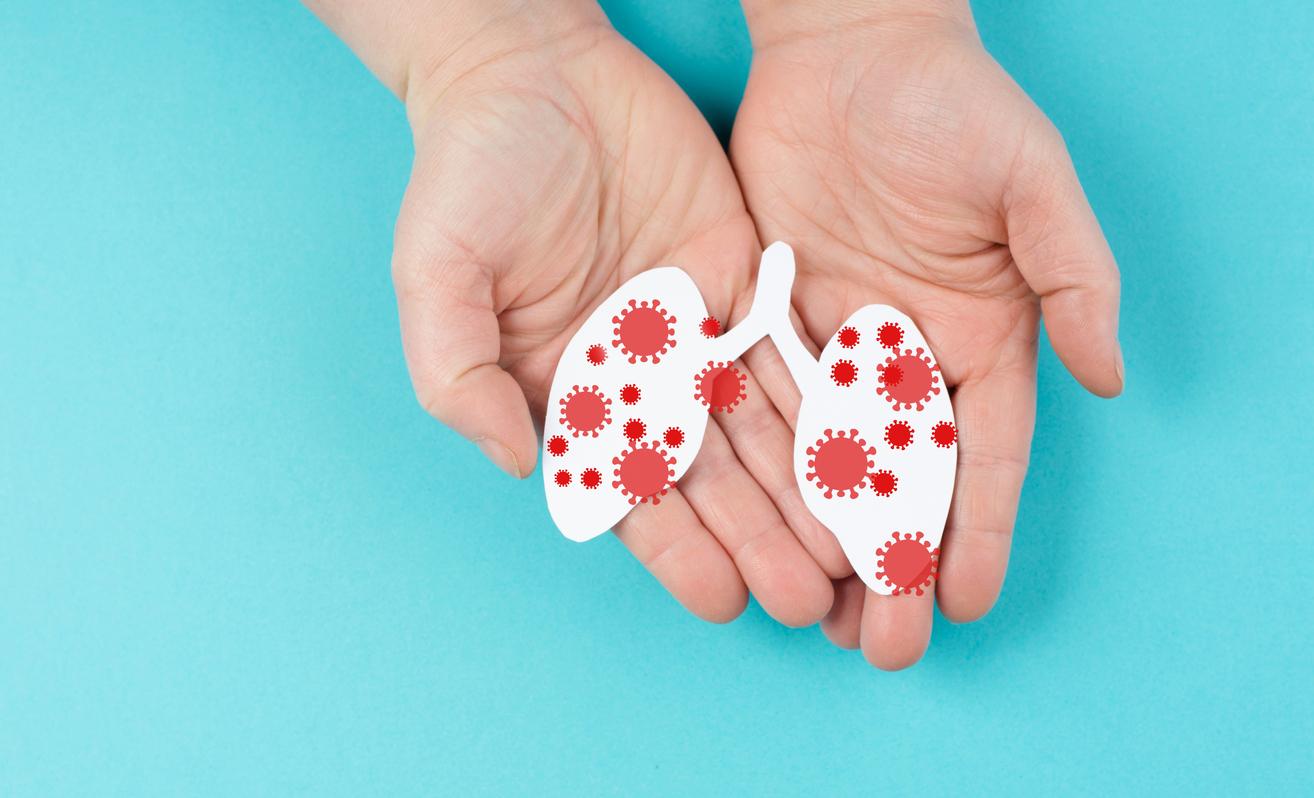According to the latest InVS report, the tuber is on the decline in France. But Île-de-France still concentrates 40% of cases, and the situation is not changing in Seine-Saint-Denis, the most affected.

Tuberculosis is on the decline but remains problematic in Île-de-France. The Weekly Epidemiological Bulletin (BEH) of the Institut de Veille Sanitaire (InVS), published on March 18, underlines the still high rates of cases in the Ile-de-France population. The incidence is declining, but 40% of reported cases are located in the region.
Bad point for Seine-Saint-Denis
Between 2000 and 2010, Île-de-France declared more than 26,000 cases of tuberculosis. A clear decrease began until 2006, and then stabilized. In 10 years, the number of cases has dropped from 49 to 22 per million inhabitants. This dropout is observed in most departments, despite strong “territorial disparities. In Paris, the fall is much stronger than in all the other departments: the incidence of tuberculosis has fallen by half. In terms of the number of cases, the “good students” are located in the outer suburbs: Essonne, Seine-et-Marne and Yvelines.
The fight against tuberculosis in Seine-Saint-Denis, on the other hand, leaves much to be desired. The case rate is the highest in France, including the overseas departments, and the decline in the disease is very low. The low income and precarious housing that dominate in this department justify these poor results, according to the BEH.
More patients from Europe and Asia
The study of the countries of origin of tuberculosis cases is also revealing. Only a third of them were born in France. The others come mainly from sub-Saharan Africa. The BEH also notes an increase in the number of patients born in other countries in Europe and Asia. The proportion of foreigners with tuberculosis is significantly higher in Paris (69%) and Seine-Saint-Denis (75%).
Most often, these patients suffer from insecurity: they are young, often men. 5% of them are homeless, and 8% live in collective accommodation centers. Once again, Paris dominates in this area and the people concerned are often from sub-Saharan Africa. “People living in difficult socioeconomic conditions have difficulty in accessing or staying in the health care system and often consult late”, underline the authors of the BEH. “Reducing the time between the date of the onset of clinical signs and the diagnosis of tuberculosis, and therefore the duration of contagiousness of a tuberculosis case, remains a major issue in the fight against tuberculosis. “
The number of foreign cases noted in the Paris region clearly dominates the rest of the country. 2/3 of Ile-de-France cases come from another country, while the national average is 52% of foreign cases. No wonder, say the authors: the large cities of Europe (Paris, Brussels, The Hague, London, etc.) being more concerned by population movements, they welcome a greater number of people at risk of carrying the disease. sickness.
.















